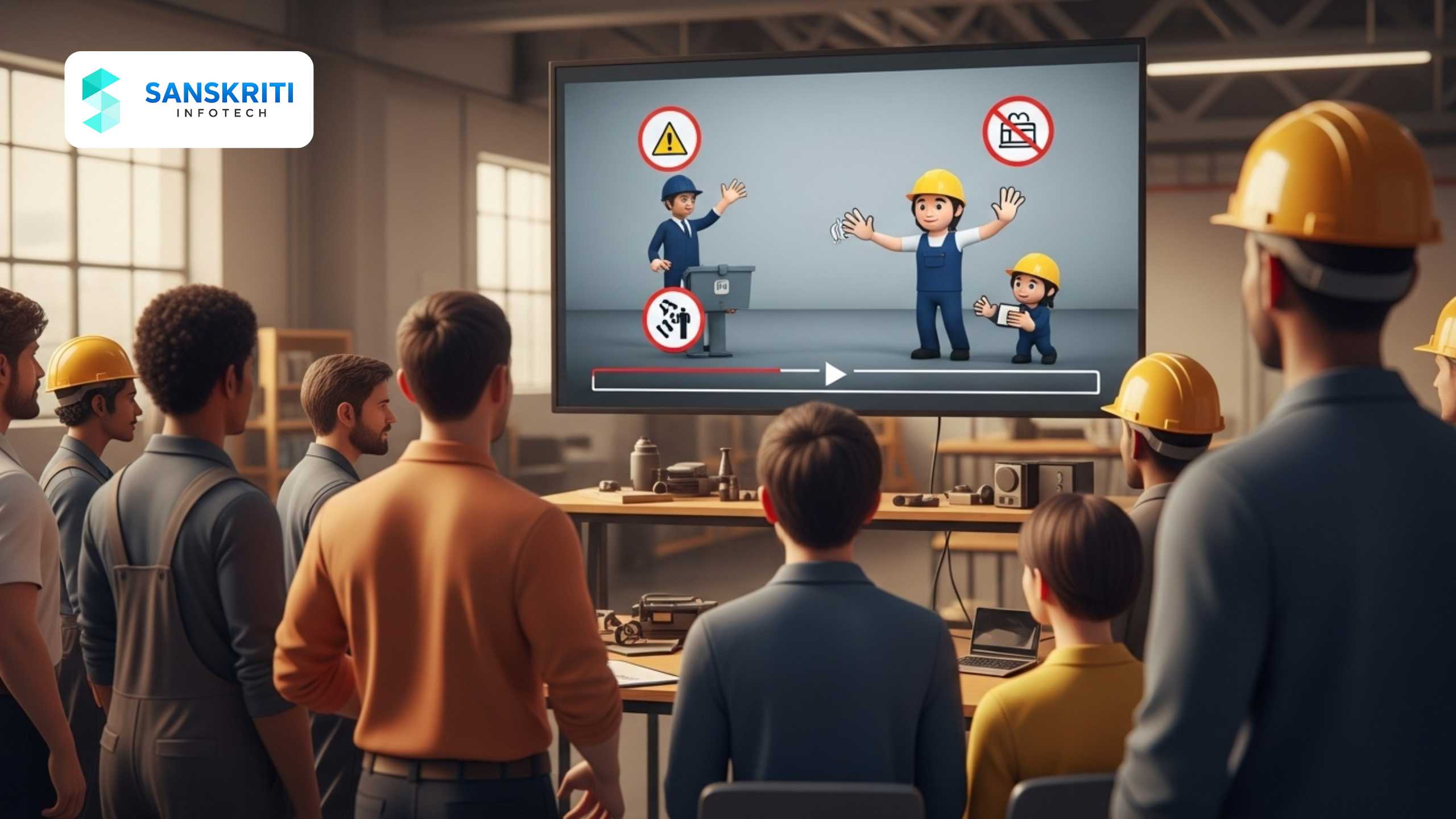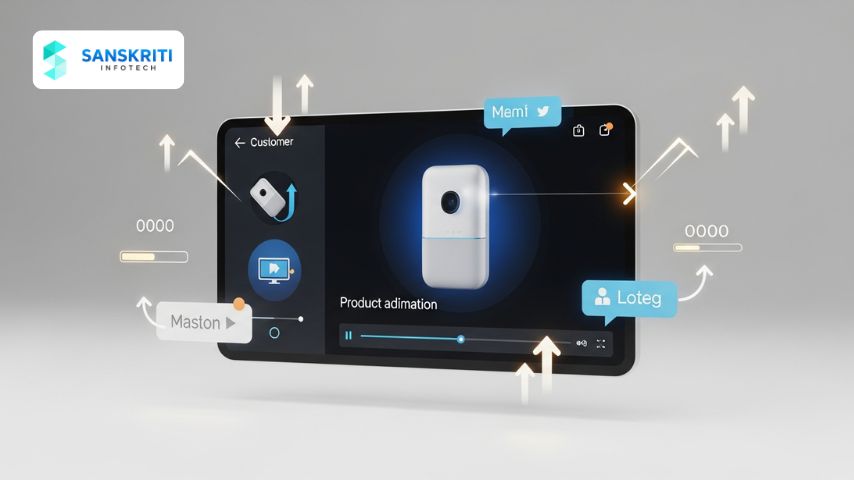Table of Contents
Introduction
In today’s globalized industrial world, workforce diversity is not just a trend—it’s a reality. From manufacturing plants to construction sites and oil refineries, companies rely on multicultural, multilingual employees and contractors to keep operations running smoothly. While this diversity enriches workplaces, it poses a serious challenge when it comes to safety induction video training.
Traditional safety inductions—often conducted verbally or via static presentations—struggle to break language barriers, leading to poor retention, inconsistent compliance, and higher incident risks. Safety training for multilingual teams is more important than ever.
Enter: Animated Safety Induction Videos. This blog explores how 3D-animated induction training can create effective, scalable, and inclusive safety onboarding experiences for a multilingual workforce.
The Problem: Language Barriers in Traditional Safety Induction
Multilingual workforces are common in industries like:
- Construction
- Logistics
- Oil & Gas
- Manufacturing
- Mining
However, language mismatches often result in:
- Misinterpretation of critical safety rules
- Lack of confidence among new workers
- Inconsistent induction experiences
- Higher chances of non-compliance
Even translated manuals or bilingual trainers can’t guarantee message clarity or engagement.
Why Animated Safety Induction Videos Work
🎯 Visual Learning is Universal
Studies show 80% of people remember what they see, compared to only 20% of what they hear. Visual learning & memory retention backs this up with solid evidence.
🎯 Easy Localization
3D animated content can be easily adapted with:
- Voiceover in multiple languages
- Subtitles in native scripts
- Visuals that require minimal text
🎯 Higher Retention & Engagement
Engaging animations simulate real scenarios—making induction training relatable, memorable, and repeatable.
🎯 Inclusive and Non-Discriminatory
No employee feels left behind due to limited language proficiency or literacy levels.
Key Benefits of Animated Safety Induction Video
- ✅ Scalable Across Locations & Languages – Roll out the same high-quality safety training across all global and local sites.
- ✅ Site-Specific Training – Customize videos with exact layouts, machinery, workflows, and PPE relevant to your plant.
- ✅ Faster Onboarding – Reduce onboarding time by up to 60% with visual-first inductions.
- ✅ Audit-Friendly Records – Training completion can be tracked via LMS platforms, QR codes, or digital forms. Learn more about SCORM compliant safety training for LMS delivery.
- ✅ Boosts Worker Confidence – Clear visual storytelling improves understanding and fosters a safety-first mindset from Day 1.
- ✅ Cost-Effective in the Long Run – One-time animated production replaces repetitive training sessions.
Industry Use Cases
Construction
- Animated site walkthroughs
- Fall protection procedures
- Tool and equipment safety
Oil & Gas
- Permit-to-work processes
- Emergency drills and simulations
- Confined space safety
Warehousing & Logistics
- Forklift operation
- Pedestrian and vehicle movement
- Hazardous material handling
Manufacturing
- Lockout/Tagout procedures
- Assembly line safety zones
- PPE compliance
Real-Life Impact: A Short Case Example
Client: A multinational logistics company with hubs in 5 countries
Challenge: Diverse workforce with 6+ languages, inconsistent induction quality
Solution: Created animated safety induction videos with voiceover in Hindi, Spanish, Arabic, and Tagalog. Delivered via QR code scanning.
Result: 90% reduction in onboarding time, improved quiz scores by 75%, and zero safety incidents during the first 6 months post-deployment.
How to Create an Effective Safety Induction Video
- Audit Your Site & SOPs: Identify hazards, high-risk operations, and compliance gaps.
- Script Multilingual Visuals: Use universal storytelling. Add narration and captions.
- Model the Real Environment: Include actual site layout, machines, PPE, and signage.
- Highlight Do’s & Don’ts: Show correct behavior vs. dangerous mistakes.
- Keep it Short & Focused: Ideal runtime: 3–5 minutes per module.
- Deliver Digitally: Embed into LMS, display on screens, or share via mobile links. Refer to OSHA safety induction guidelines for compliance alignment.
Animated Induction vs. Live Training
| Feature | Animated Safety Video | Traditional Training |
|---|---|---|
| Language Flexibility | Multi-language narration/subs | Trainer dependent |
| Visual Impact | High (3D simulation) | Low (static/manual) |
| Standardization | 100% consistent across sites | Varies with trainer |
| Accessibility | Anytime, on any device | Scheduled sessions only |
| Engagement & Retention | 4x higher | Low |
| Cost Over Time | One-time cost, scalable | Repeated cost per session |






